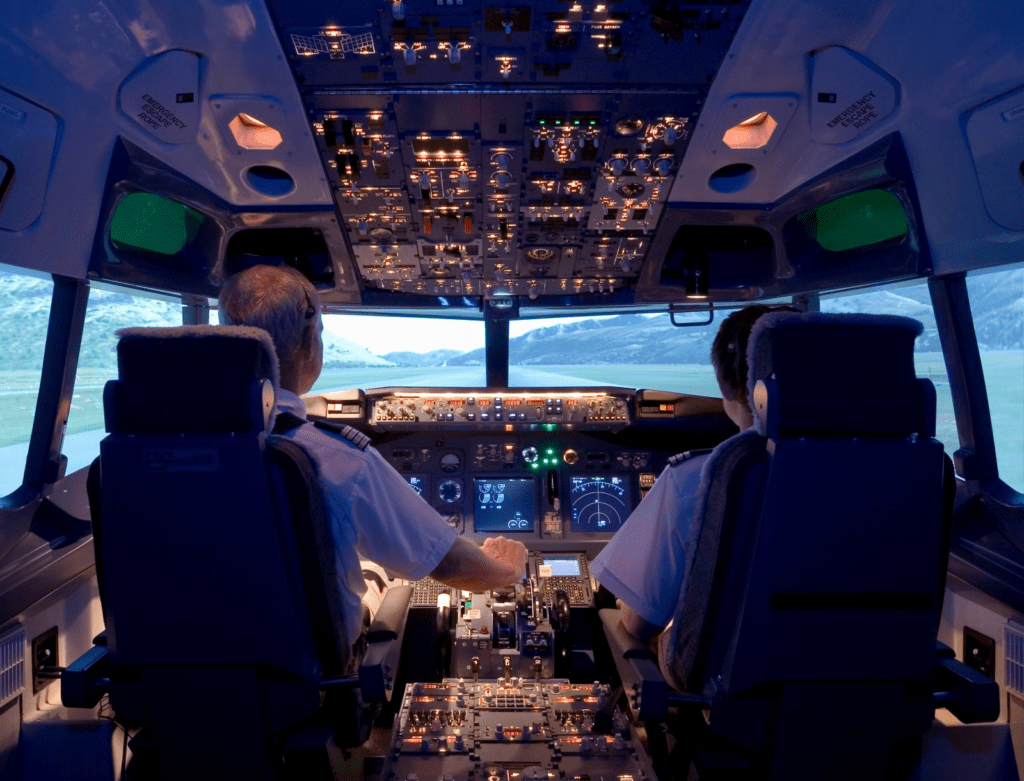Global Avionics Round-Up from Aircraft Value News (AVN)

Airlines and airports are moving toward standardized avionics to enable smooth integration with growing multi-modal transportation hubs. This trend has implications for aircraft values, lease rates, and marketability.
As global aviation hubs expand into fully integrated multi-modal centers—combining air, rail, and autonomous ground transport—the need for standardized avionics has never been greater.
Airlines are seeking aircraft with systems that can communicate seamlessly with ground operations and traffic management platforms, ensuring precise scheduling, reduced turnaround times, and more efficient passenger flows.
Aircraft with standardized avionics are increasingly attractive to operators because they reduce training complexity and operational variability. Pilots and maintenance crews benefit from consistent interfaces and diagnostics across multiple aircraft types, which enhances safety and efficiency.
Stronger Residual Values
For lessors, this standardization translates into stronger residual values. Aircraft that conform to widely adopted avionics standards can move between operators with minimal retraining or modifications, maintaining higher lease rates and shorter downtime between leases.
Demand for standardized avionics platforms is also influencing new aircraft orders. Airlines are factoring system compatibility into procurement decisions, favoring OEMs and models that can integrate smoothly with broader air transport ecosystems. Older aircraft lacking standardized avionics may experience depreciation faster and face challenges in lease transitions, particularly in hubs where digital integration is a priority.
The trend toward standardized avionics also impacts maintenance and support economics. Standard platforms allow for streamlined spare parts inventories, centralized training programs, and simplified compliance with evolving air traffic control regulations. These operational savings directly feed into an aircraft’s net value, making it more appealing to lessors and investors focused on predictable returns.
Regulators are encouraging standardization as well, particularly as airspace becomes more congested and interconnected. Aircraft equipped with interoperable avionics not only enjoy smoother certification and operational approvals but also gain a competitive edge in global markets, further supporting lease desirability and market demand.
Standardized avionics are emerging as a core determinant of aircraft valuation, lease rates, and marketability. In an era of multi-modal transport integration, aircraft with interoperable systems provide operational efficiencies, reduced training costs, and broader flexibility for operators, making them prime candidates for higher lease rates and stronger demand.
The Financial Logic
Common avionics architectures cut down on the time and money spent retraining crews and maintenance personnel when aircraft move between operators or fleets.
A standardized flight deck also simplifies leasing transitions by reducing downtime between contracts, which is a key metric for lessors seeking consistent cash flow. Airlines gain from a smoother onboarding process, while lessors benefit from faster turnaround and broader customer appeal.
From a resale perspective, aircraft equipped with widely adopted avionics suites command premium valuations because they remain compatible with current and future operational environments, including digital ATC systems, satellite connectivity, and unified ground handling interfaces. Standardization mitigates obsolescence risk, ensuring that avionics upgrades or software updates can be integrated fleet-wide with minimal disruption.
The more adaptable an aircraft’s avionics are to different operating frameworks and data systems, the more valuable it becomes, both as an asset on paper and as a working component in a globally networked transportation ecosystem.
This article originally appeared in Aircraft Value News.
John Persinos is the editor-in-chief of Aircraft Value News.